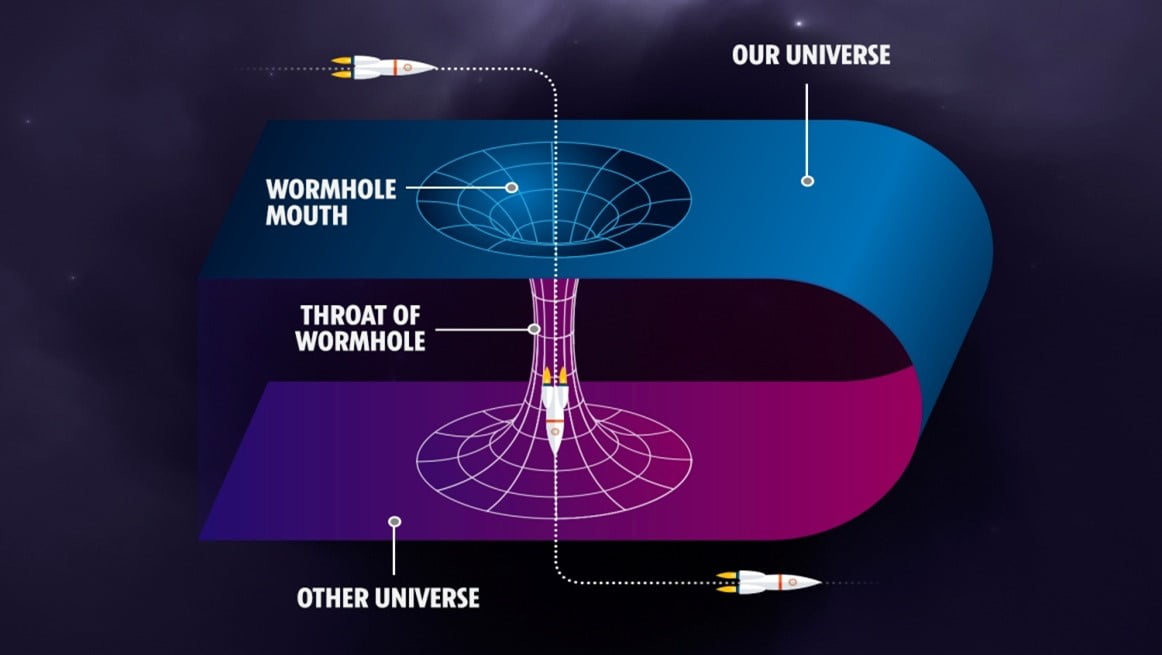Science and Technology
Context: The wormhole theory postulates that a theoretical passage through space-time could create shortcuts for long journeys across the universe.
- Wormholes were first theorized in 1916.
- Just like black holes were predicted by Einstein’s theory of gravity long before they were experimentally observed, the existence of wormholes, too, has been predicted. Ludwig Flamm, in 1916, first discovered that they could exist.
- He described a “white hole,” a theoretical time reversal of a black hole.
- Entrances to both black and white holes could be connected by a space-time conduit.

- In 1935, Einstein and physicist Nathan Rosen used the theory of general relativity to elaborate on the idea, proposing the existence of “bridges” through space-time.
- These bridges connect two different points in space-time, theoretically creating a shortcut that could reduce travel time and distance.
- The shortcuts came to be called Einstein-Rosen bridges, or wormholes.
- However, the presence of wormholes has not yet been established through observation or inference by astronomers.
Source: The Hindu
Previous Year Question
Q.1) Recently, scientists observed the merger of giant ‘blackholes’ billions of light-years away from the earth. What is the significance of this observation? (2019)
- ‘Higgs boson particles’ were detected.
- ‘Gravitational waves’ were detected.
- Possibility of inter-galactic space travel through ‘wormhole’ was confirmed.
- It enabled the scientists to understand to ‘singularity’.












